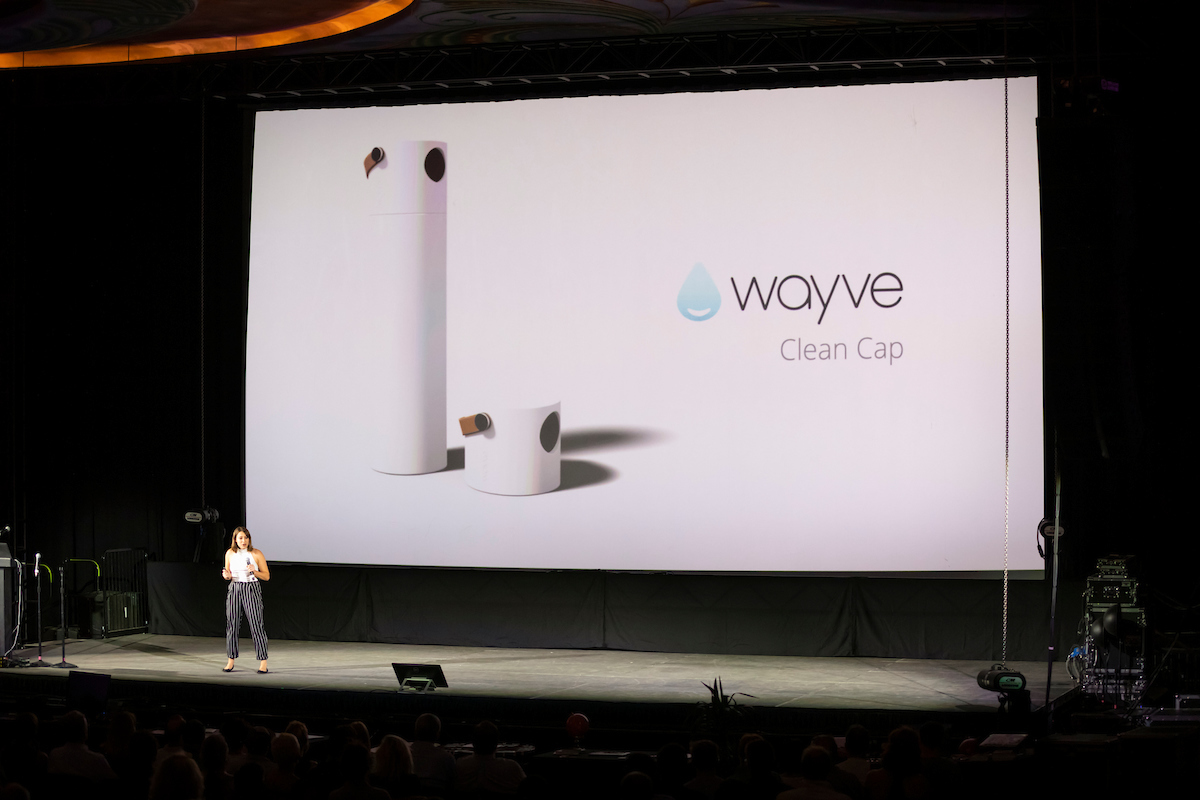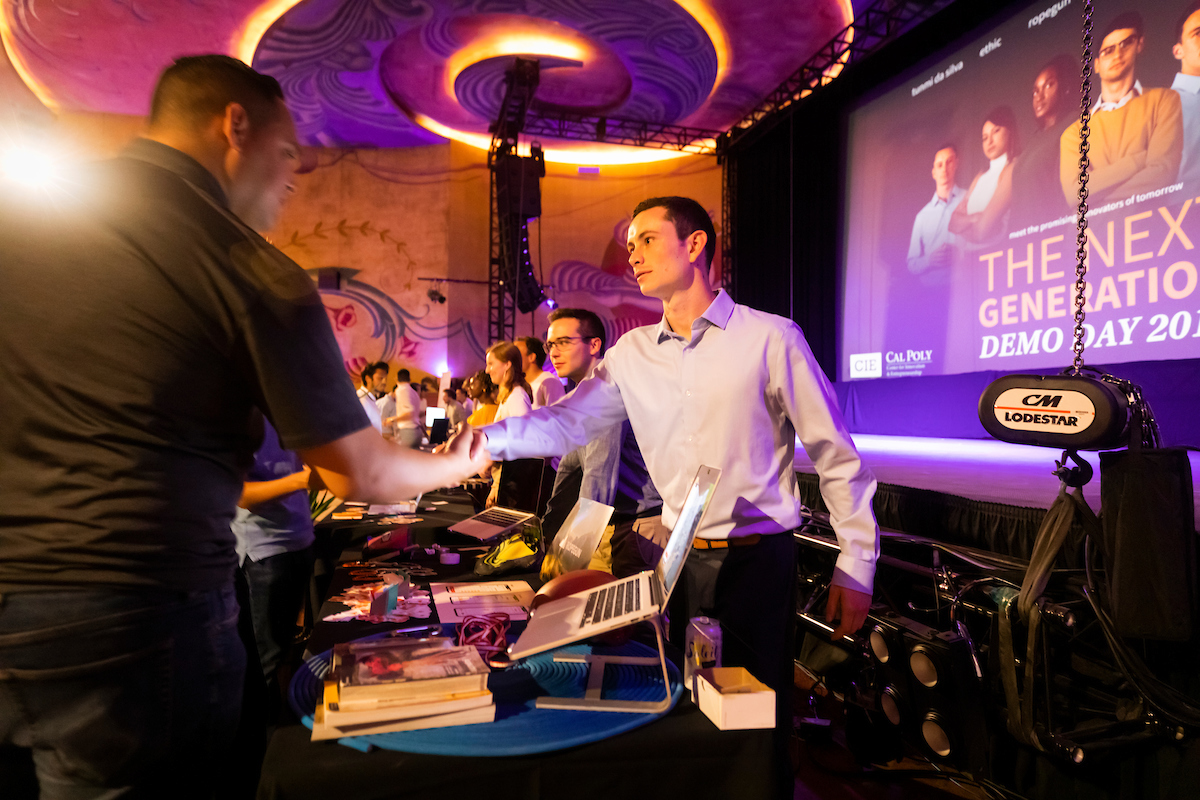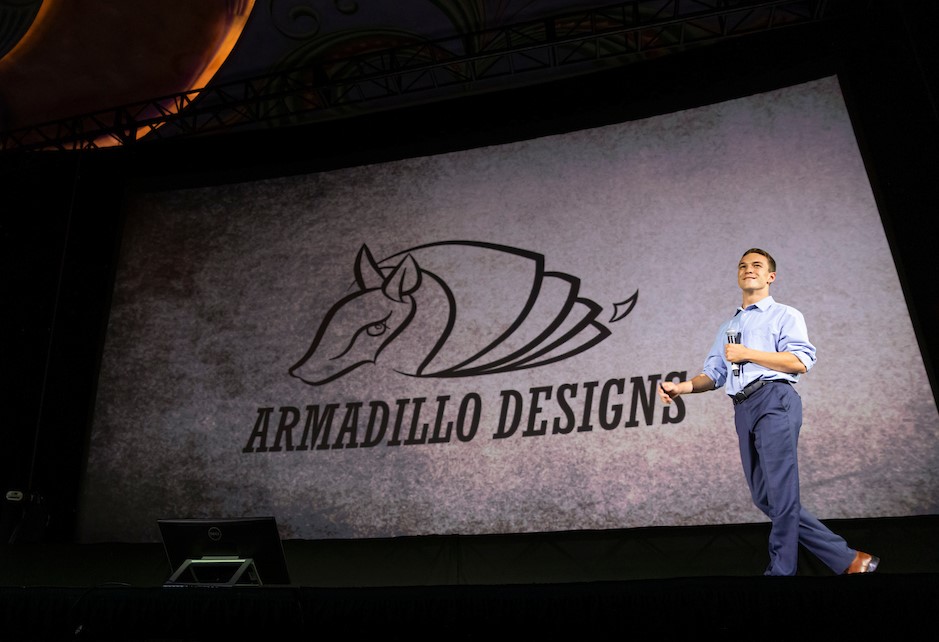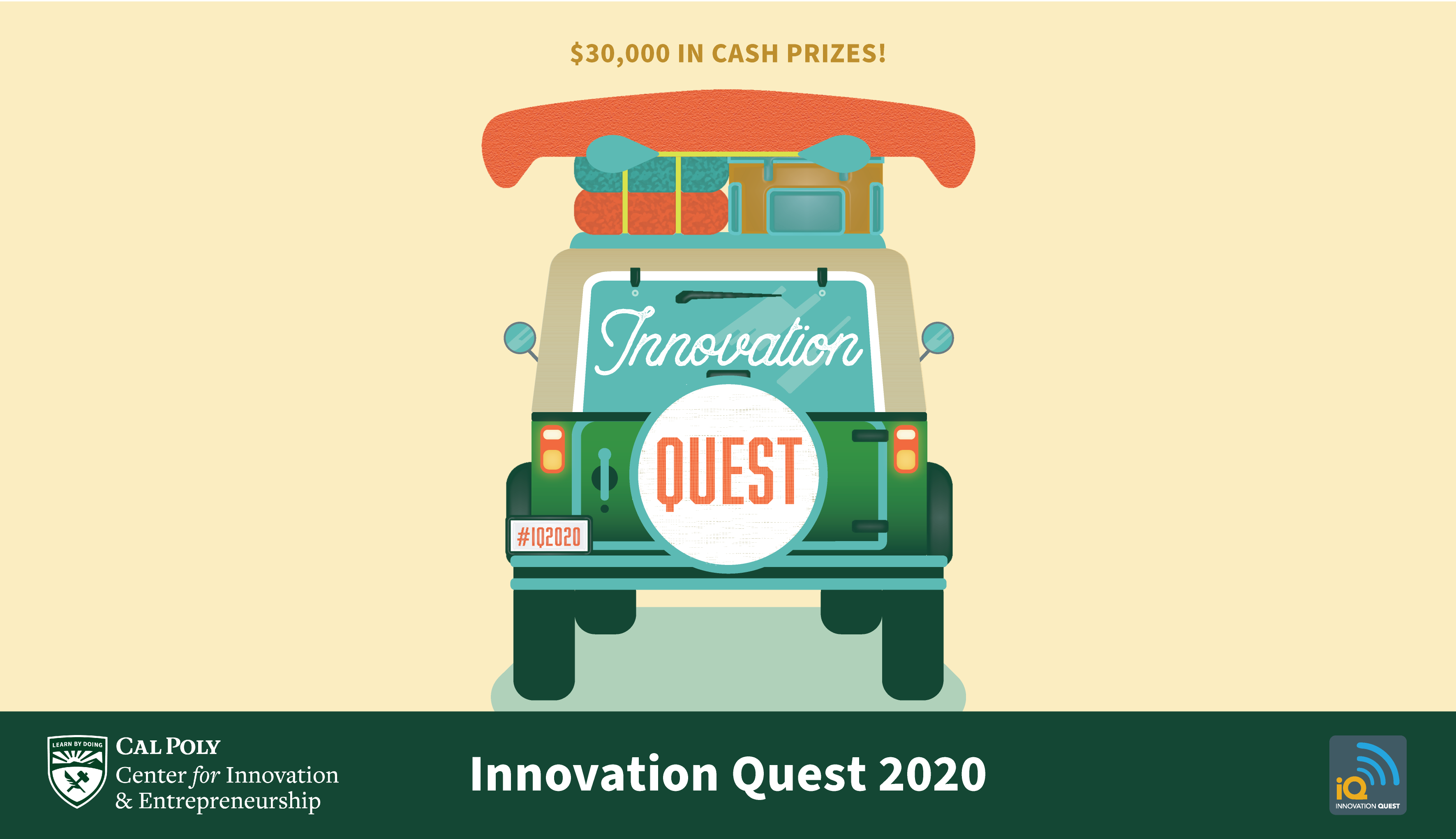Coworking in the SLO HotHouse | SLO Partners
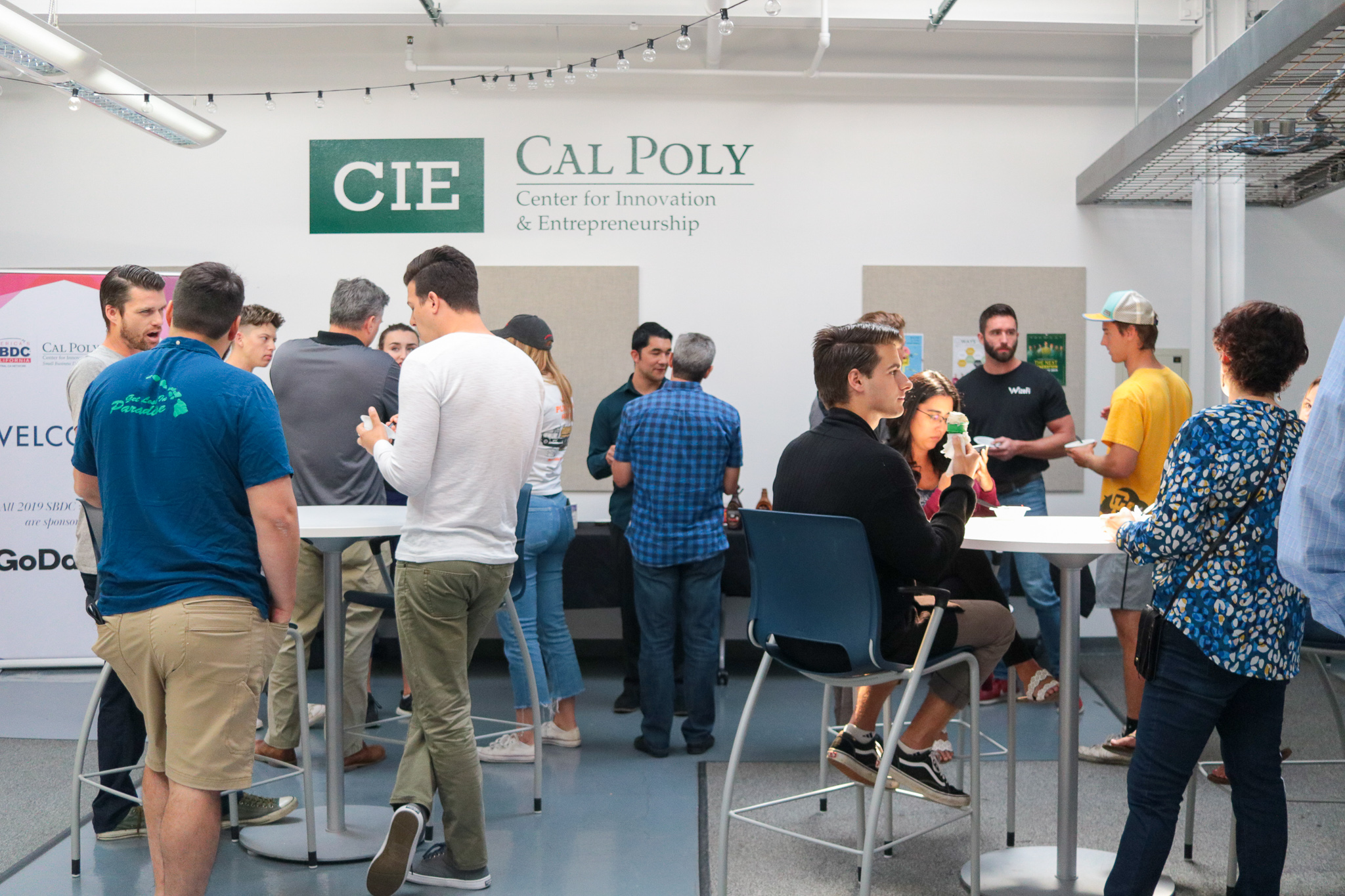
For Paula Mathias Fryer, coworking at the HotHouse is the link between bettering her business and building a community. As the program director for SLO Partners, an organization dedicated to re-educating people for career changes, Fryer says its important to be in a location like downtown San Luis Obispo.
“The reason why I have an office here at the HotHouse is because, while I am an employee of the SLO County Office of Education, their offices are quite far away,” Fryer explained. “It was really important for me to be in the heart of the business community.”
In order for SLO Partners to run valuable bootcamps, ranging from skill-offerings like software development and precision manufacturing, the team has to be able to efficiently communicate with local businesses on employee demand. Not only does the HotHouse help Fryer be close to businesses, it gives the businesses better access to her.
“If I want to have a meeting, it’s really easy for me to just say, ‘Hey, meet me at the HotHouse,’” she said. “Everybody knows where that is.”
Fryer also said that it can make it easier for those going through her organization’s bootcamps to reach her as well. Plus, by having a designated office space, access to conference rooms and availability of event space, Fryer’s team has several ways to take advantage of the HotHouse for communication needs.
While Fryer loves having the plethora of businesses surrounding the area where she works, she noted that even just within the walls of the HotHouse are tons of businesses and like-minded people, which makes networking easier and the workday more enjoyable.
“I always promote the HotHouse to people that I find out are looking to start a business or have a home business,” Fryer said. “It can be kind of isolating sometimes when you’re working from home, so this is a great place to not only network with other people that have businesses, but have people that you can talk to, find out about events from or go to the HotHouse workshops with.”
Between the networking opportunities, educational and social events, access to business consultants, and lounge areas, the HotHouse makes for a great alternative to a home office or working from your kitchen table.
Plus, Fryer appreciates the kitchen amenities and endless free coffee.
“It’s kind of those little things that make you feel like you’re really part of a business community,” she smiled. “I love that about coworking.”
Learn about revamping your work life by coworking with us at https://calpolycie.wpengine.com/coworking/ and find out more about SLO Partners at https://www.slopartners.org/.

